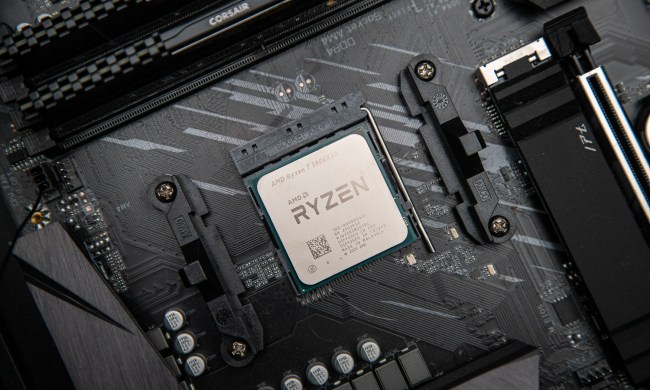Demonstrated at the recent Inside 3D Printing Shanghai 2015, the smartphone 3D printer was built in Jeng’s lab by a team of graduate students and research assistant. The phone-based printer uses a new photopolymer created by the Taiwan Tech team that uses visible light emitted from a smartphone to cure the resin instead of the traditional method of using UV light or lasers.
The smartphone printer works just like any other 3D printer: The machine starts by placing a coated vat of the specialty resin on top of a smartphone, which cures the resin onto a metal printbed as the photopolymer material is released. The machine uses a z-axis platform to shape the design, and the phone to cure the material as it builds the object in layers. “We’ve tried to 3D-print a hollow ball and achieved layer thicknesses of about 100 microns. And there’s no need to enclose the printer in a dark box; just to shut the lights off in part of a room,” said Jeng.

The team has been working on a prototype version of the printer for over a year and is slowly refining the printing process. An early version of the technology required the use of a computer to control the printer motor as it builds. Now, the team has developed a smartphone app that synchronizes the smartphone screen with the motor. This custom app makes it easy to load and print 3D models because the printer and the print management tool are housed within the same device. In the future, Jeng hopes to add a scanning feature that would allow users to scan a 3D object using their phone, insert the phone into the 3D printer, and print up the model with minimal effort.
The new smartphone printer shows promise, but it has one major flaw: The visible light that powers the system also makes it slow — slower than similar vat polymerization techniques. The team is exploring ways to speed up printing by increasing the brightness of the visible light emitted from a smartphone screen. In theory, a brighter and more powerful source of visible light will cure the resin at a faster rate. Jeng also is working on expanding his printer to accommodate bigger screens such as those found in an iPad or even an HDTV. A larger screen would provide the additional visible light needed to cure the 3D-printing resin more quickly.
When Jeng is ready to bring the technology to the commercial market, he expects to debut the machine for around $100 plus the cost of a smartphone. This affordable price tag, along with the ease of use that comes from a smartphone, could make it possible for everyone to one day carry a 3D printer in their pocket.



